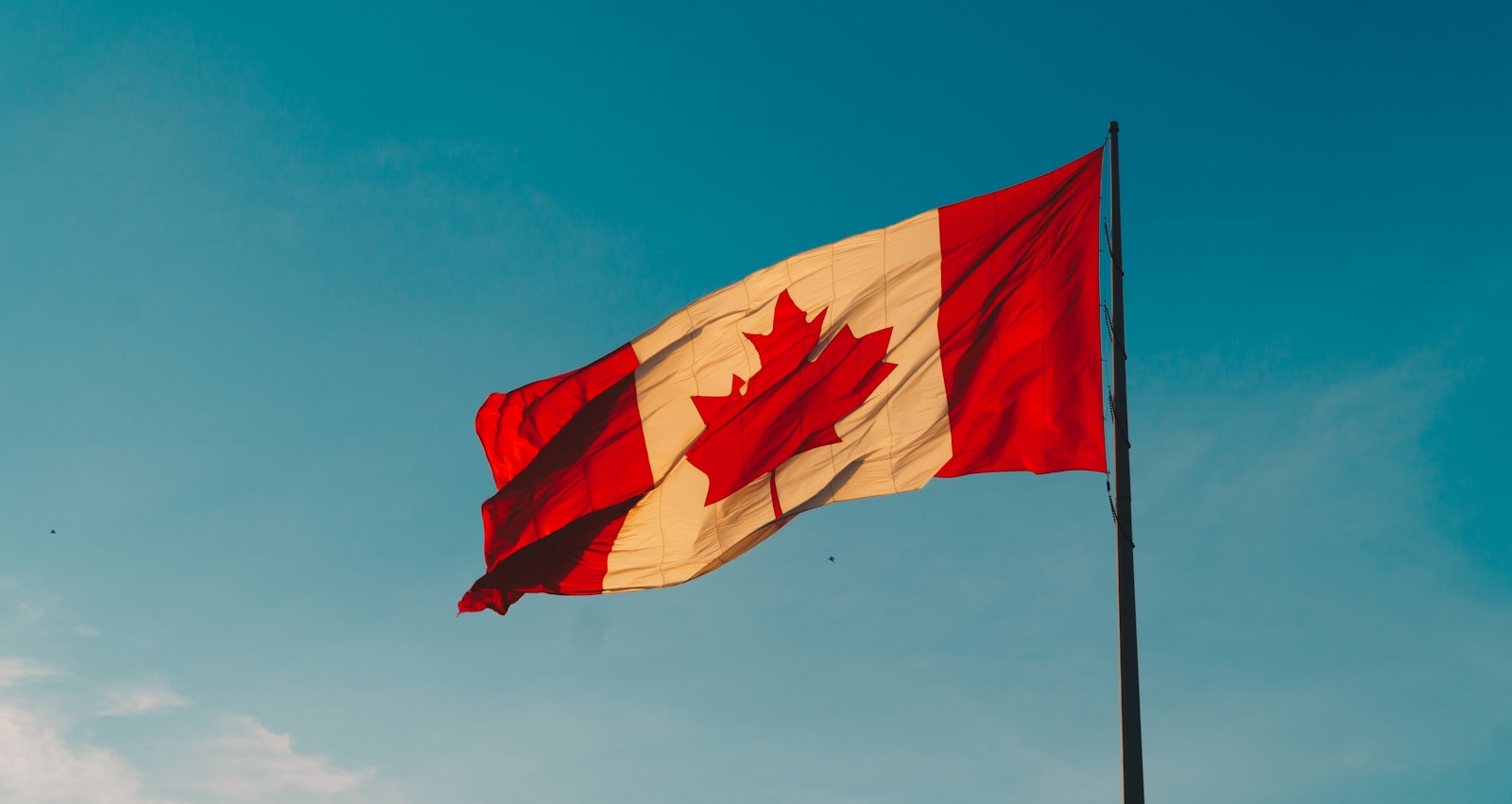Key takeaways
• Trump shot up the tariff on Canada by 10 percent after seeing a TV ad
• The ad featured Ronald Reagan warning that tariff help lasts only briefly
• Trump’s overreaction had more to do with his image than trade policy
• His fury reveals deep insecurities about status and authenticity
President Donald Trump often swings between mild irritation and full-blown anger. This time, a Canadian TV ad made him erupt. He called the ad “fake” and abruptly canceled tariff talks with Canada. Then he announced a 10 percent increase in the tariff on Canadian imports.
This reaction wasn’t really about trade. Instead, the ad hit Trump in his pride. It showed footage of Ronald Reagan saying that tariff policies only help for a short time and ultimately hurt American workers. Reagan is viewed as an untouchable icon by many. Seeing Reagan’s genuine charm alongside Trump’s rehearsed style seemed to wound Trump’s ego.
How a Reagan Ad Sparked Tariff Anger
The Canadian commercial used a powerful Reagan quote: “When someone says, ‘Let’s impose tariffs on foreign imports,’ it looks like they’re doing the patriotic thing by protecting American products and jobs. And sometimes for a short while it works – but only for a short time.” Reagan then said that tariffs ultimately “hurt every American worker.”
Trump lashed out. He claimed the ad was dishonest. Then he scrapped talks and raised the tariff. This move stunned many experts. Here’s why his anger went beyond a simple trade spat.
Why Trump’s Image Was at Stake
People see Reagan as a rugged, authentic leader. He came off as a small-town guy who loved America. By contrast, Trump’s image is built on wealth and showmanship. When the ad highlighted Reagan’s down-to-earth style, it made Trump look manufactured.
Therefore, Trump felt a threat to his status. He could not let an icon outshine him. So he used his favorite tool—tariff hikes—to fight back. In doing so, he distracted attention from his own limits and pitfalls.
Past Episodes of Overreaction
This was not the first time Trump exploded over a slight to his ego. In 1992, a New York Times columnist called him a “financially embattled thousandaire.” Trump didn’t just send a correction. He returned the column with the words “The Face of a Dog!” scribbled over her picture.
Similarly, Trump has lashed out at celebrities, news outlets, and even judges. Often, his response dwarfs the original insult. These incidents reveal a pattern. Trump reacts not to ideas, but to what he sees as attacks on his personal standing.
The Tariff Move: More Than a Trade Policy
On the surface, raising the tariff by 10 percent seems like a classic trade tactic. However, this hike came after a TV ad, not new economic data. That shows us this was more about pride than policy. Trump used tariff power to fight back against an image he could not control.
Moreover, by blaming Canada, he shifted the story away from his leadership style. It kept news cameras focused on negotiations and numbers, not on his fragile ego.
How Self-Image Shapes Big Decisions
Experts say leaders often guard their image above all else. They make choices to protect their reputation. In Trump’s case, his wealth is a key pillar of his identity. Losing face in public feels like a personal collapse.
Therefore, when the Reagan ad threatened his status, Trump reacted with a tariff. He showed the world he stays in control. Even if that control harms his own companies or American consumers.
What the Tariff Hike Means for You
If you buy Canadian maple syrup or auto parts, you may feel the impact. Higher tariffs usually mean higher prices. Consumers and businesses may face added costs. These costs can ripple through supply chains.
At the same time, this move could chill future trade talks. Canada may retaliate with its own tariff hikes. That could hurt American farmers and manufacturers who export north.
Ultimately, this episode shows how personal feelings can shape big economic choices.
Key Lessons from Trump’s Tariff Rage
• Leaders can let pride drive costly decisions.
• Iconic figures like Reagan can still carry huge influence.
• Public image battles can spill into real world policies.
• Tariffs can hurt everyday workers more than they help them.
FAQs
What triggered Trump’s tariff increase?
A Canadian TV ad featuring Ronald Reagan’s warning about tariffs drove Trump to cancel talks and raise the tariff by 10 percent.
Why did Trump react so strongly?
The ad contrasted Reagan’s authentic style with Trump’s image. Feeling challenged, Trump used the tariff move to reassert his status.
How do tariff hikes affect consumers?
Higher tariffs often raise prices on imported goods. This can mean more expensive items for shoppers and higher costs for businesses.
Could Canada respond with its own tariffs?
Yes. Trade partners often retaliate. Canada might boost tariffs on U.S. exports, which could hurt American industries.

